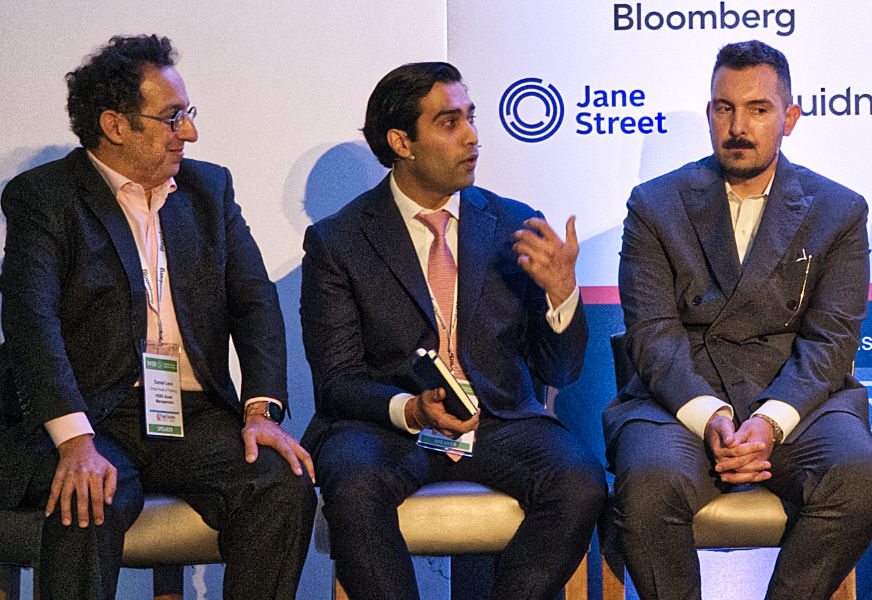Data providers and regulators concur that the buy-side needs to communicate more clearly with politicians and suppliers if they are to get baseline bond data, and more sophisticated data, as they need.

Feedback is crucial, he said, “We need to know how quickly the consolidated data needs to reach your screen, so that various use cases are satisfied.”

Archit Soni, associate portfolio manager at Dimensional Fund Advisors compared trading in the US and Europe, noting that the TRACE post-trade tape provides prints in the market which in Europe are unavailable without paying fees, while which can be delayed up to four weeks.
In the US, Dimensional uses TRACE data for many aspects of trading including risk management, inventory and verifying implementation. He believes a consolidated tape in Europe would make buy-side firms more comfortable in providing liquidity and would lead to more peer-to-peer trading.
He explained that the systematic investment manager uses data to integrate portfolio management and trading, including assessing the feasibility of execution and performing transaction cost analysis (TCA).

“TCA analysis includes valuing opportunity cost and a benchmark so some form of consolidated tape providing transparency is helpful,” he added.
Daniel Leon, global head of trading, treasury management & global solutions at HSBC Asset Management said using data to identify patterns is key such as slicing and dicing axes as well as using streaming prices; firm prices and issuance data. He said: “I think we have a pretty good view of the data we need along with the consolidated tape.”
Agreement on details
Lüder noted that the detail around a consolidated tape, like TRACE, which could be used in Europe, would be crucial. TRACE provides real-times trade details including price and volumes, with some exceptions, and he urged the buy side to stress the importance of their needs to legislators.
He said: “We could provide real-time data for very liquid instruments. We don’t have to define the population on the tape but just use the liquidity pockets we identify with staggered publication for less liquid instruments.”
Also speaking at the event, Anna Szerszen, trading and wholesale conduct for markets policy at the UK’s Financial Conduct Authority (FCA), said the UK government is carrying out a post-Brexit review of the MiFID II transparency regime and considering changes in fixed income, where the regime has been subject to significant criticism by market participants. The pre- and post-trade transparency components are being recalibrated, with more emphasis on post-trade although buy-side participants warned that significant divergence between the UK and EU could lead to fragmentation of liquidity.
She said: “It’s inherently difficult to force pre-trade transparency in a market that is bespoke and not standardised. We are also looking at liquid market determination as the calculations under MiFID II do not give consistent results and we are seeking industry input.”
©Markets Media Europe 2025













